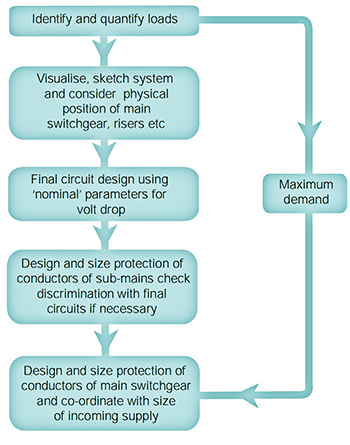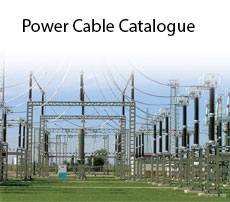
 Technical Information
Technical Information Power And Control Cables
Power And Control Cables Power Appendixes
Power Appendixes Guide to the Wiring Regulations
Guide to the Wiring Regulations 17th Edition IEE Wiring Regulations (BS 7671: 2008)
17th Edition IEE Wiring Regulations (BS 7671: 2008) صفحه 17th Edition IEE Wiring Regulations (BS 7671: 2008)
|
17th Edition IEE Wiring Regulations (BS 7671: 2008) This chapter of catalogue discusses the requirements of BS 7671: 2008, also known as the IEE Wiring Regulations 17th Edition, published during January 2008. The aim of the guide is to provide an explanation of the theory and reasons behind the Regulations, their meaning and the intent of their drafting. This chapter provides advice and guidance, demystifying the ‘requirements’ wherever possible. Practical and original solutions have been provided, which are often not found in other industry guidance. The guide is a valuable resource for all users of BS 7671 including apprentices, electricians who perhaps want to ‘dig a bit deeper’ into the background of the Regulations, together with electrical technicians, installation engineers and design engineers. Most individuals who have any involvement with BS 7671 will fnd this of considerable help and beneft in their everyday work. |
|
|
Introduction to BS 7671: 2008 BS 7671: 2008 was published during January 2008 as a signifcant new Edition of this fundamental Standard. Although the document is a British Standard, it is also known as (and jointly labelled as) the IEE Wiring Regulations . In essence, BS 7671: 2008 is virtually a European document. In fact, two parent documents as parts of the corresponding IEC standard have been used or adapted. Both IEC and CENELEC have ‘wiring regulation’ standards or rules for electrical installations. The general structure of IEC, CENELEC and BS 7671 is illustrated in This Figure. Many parts of the document originate in CENELEC in a ‘harmonized document’ (HD). The parent document is known as HD 60384 and comprises virtually all parts of the installation standard. |
 |
|
Circuitry and Related Parts of BS 7671: 2008 Design procedure overview The procedure of carrying out an electrical system design of an installation can be quite involved and often a number of drafts and subsequent adjustments are necessary. This fow diagram shows the logical order of steps in the design process. To provide for a cost-effective and effcient design it helps if the main incoming supply point is close to the load centre of the installation, and hence discussions with the electricity distributor should be started at an early stage. It is not essential that the main distribution board(s) are positioned close to the intake point, and their position has an effect on voltage drop on the whole installation including the submain cables. This point of ‘positioning’ is also true of fnal circuit distribution boards which need to be carefully considered in terms of voltage drop in large installations with highly loaded fnal circuits. The concept of how to achieve this will become clearer when this chapter has been read. |
 |





